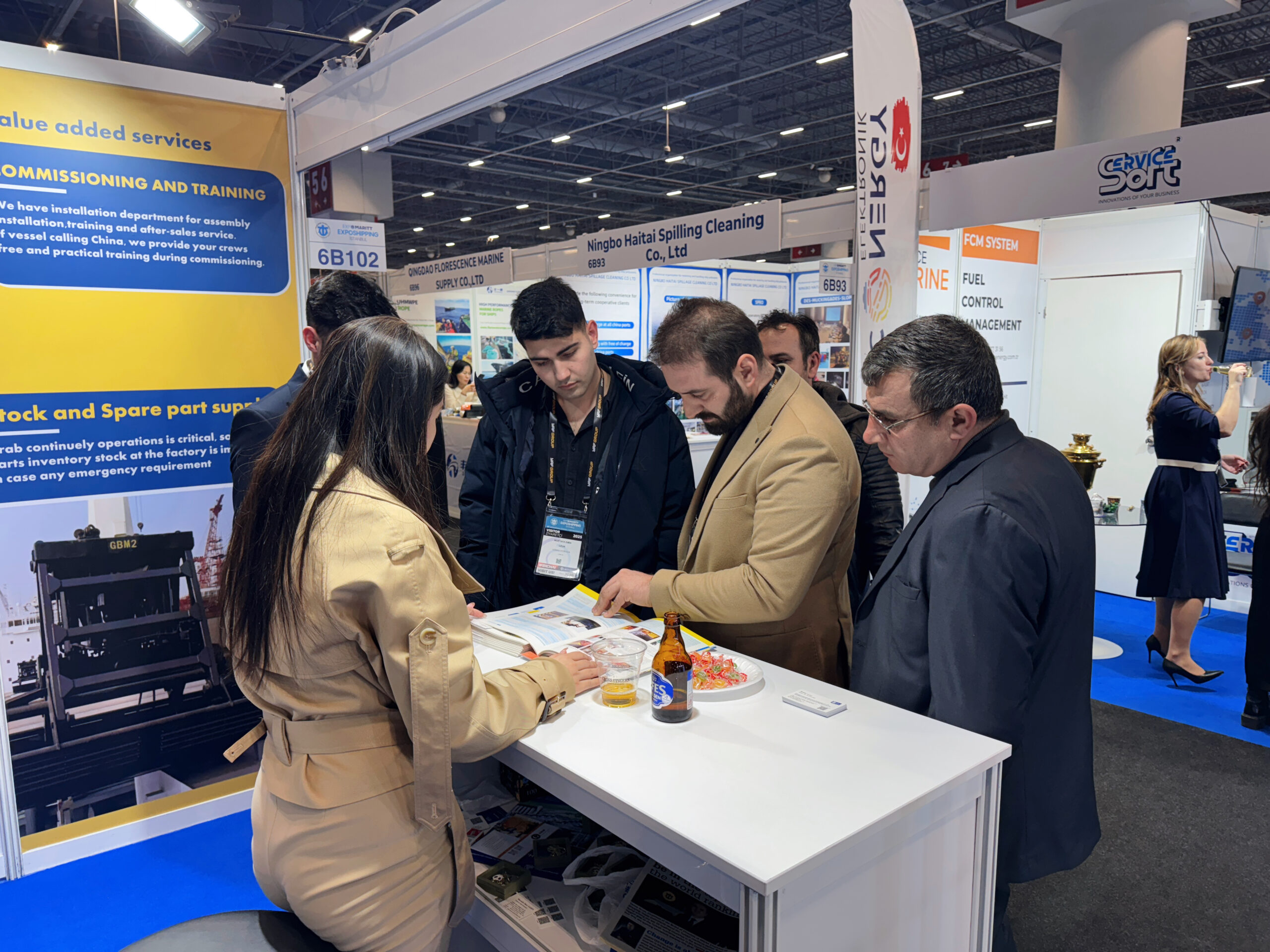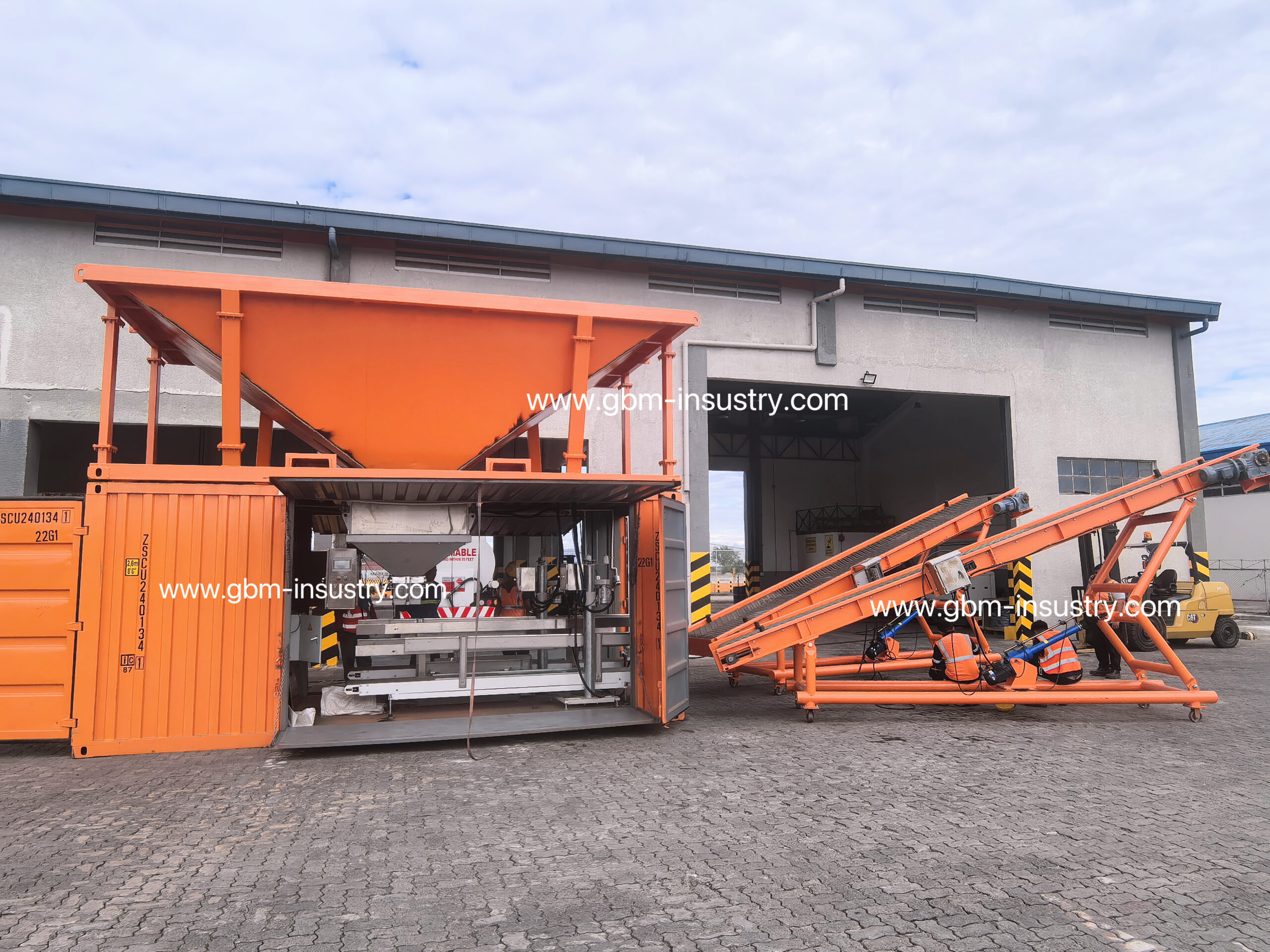As important hubs for international trade, ports play a vital role in economic development and urban and regional development. However, the limitations of traditional ports have become increasingly apparent, and there is an urgent need to promote the innovation and upgrading of traditional ports to modern smart ports.At present, most ports around the world are promoting smart transformation through the integration of new-generation information technology. In recent years, Chinese government departments have successively issued many relevant documents providing guidance on the construction of smart ports. It is therefore necessary to explore in depth the path of innovative development of smart ports and enhance the high-quality development of Chinese ports.
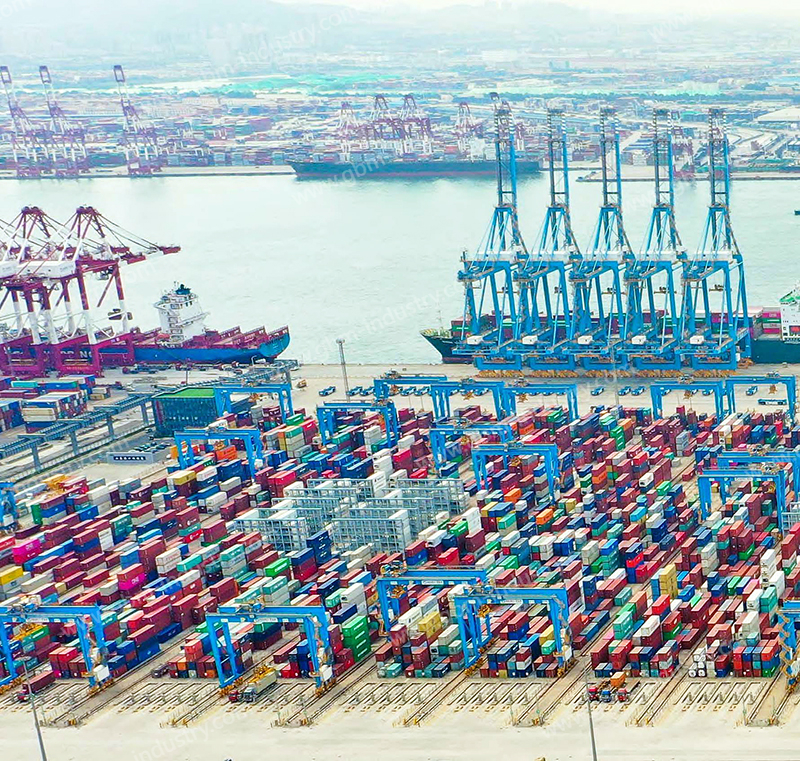
Innovative development practices of smart ports in Singapore
The Port of Singapore is positioned as a global hub port and international shipping centre. According to the ‘Next Generation Port 2030’ plan (referred to as ‘NGP2030’), the Port of Singapore will integrate all port resources to create a smart and sustainable port. The smart port construction practices of the Port of Singapore in recent years can be summarized in the following two aspects.
Coordinated development in three areas to enhance operational intelligence
In terms of automation, Singapore Port is actively constructing automated terminals, strengthening research and development of emerging technologies, and achieving the online integration of equipment and operations through automation to reduce the intensity of manual labor and optimize resource allocation;
In terms of digitalization, Singapore Port is promoting data security sharing projects with other ports (SGTraDex), and Digital Port and Digital Ocean are also platforms worth watching. While continuously increasing the application of digital technologies, it is also exploring the potential of certain digital technologies;
In terms of decarbonization, the Port of Singapore has divided its efforts into two phases: the ‘Singapore Maritime Green Initiative’ launched in 2011 and the ‘Singapore Maritime Decarbonization Blueprint: Towards 2050’ officially released in 2022, both aimed at reducing the negative environmental impact of shipping and related activities.
Through automation, digitalization and decarbonization, the Port of Singapore will continue to strengthen and stabilize the level of intelligent services in port operations and ensure safe production throughout the port.
Restructuring the innovation ecosystem and promoting system intelligence
In recent years, the Port of Singapore has aimed to strengthen the digital transformation and upgrading of the port. As a result, the Port of Singapore has launched the Port Innovation Ecosystem Reconstruction Plan (PIER71) and the Smart Port Challenge (SPC) to help the Port of Singapore find solutions to improve safety and sustainability and seek new innovation partners, thereby establishing a network of interconnected and mutually supportive relationships with the goal of making Singapore a global marine innovation center.
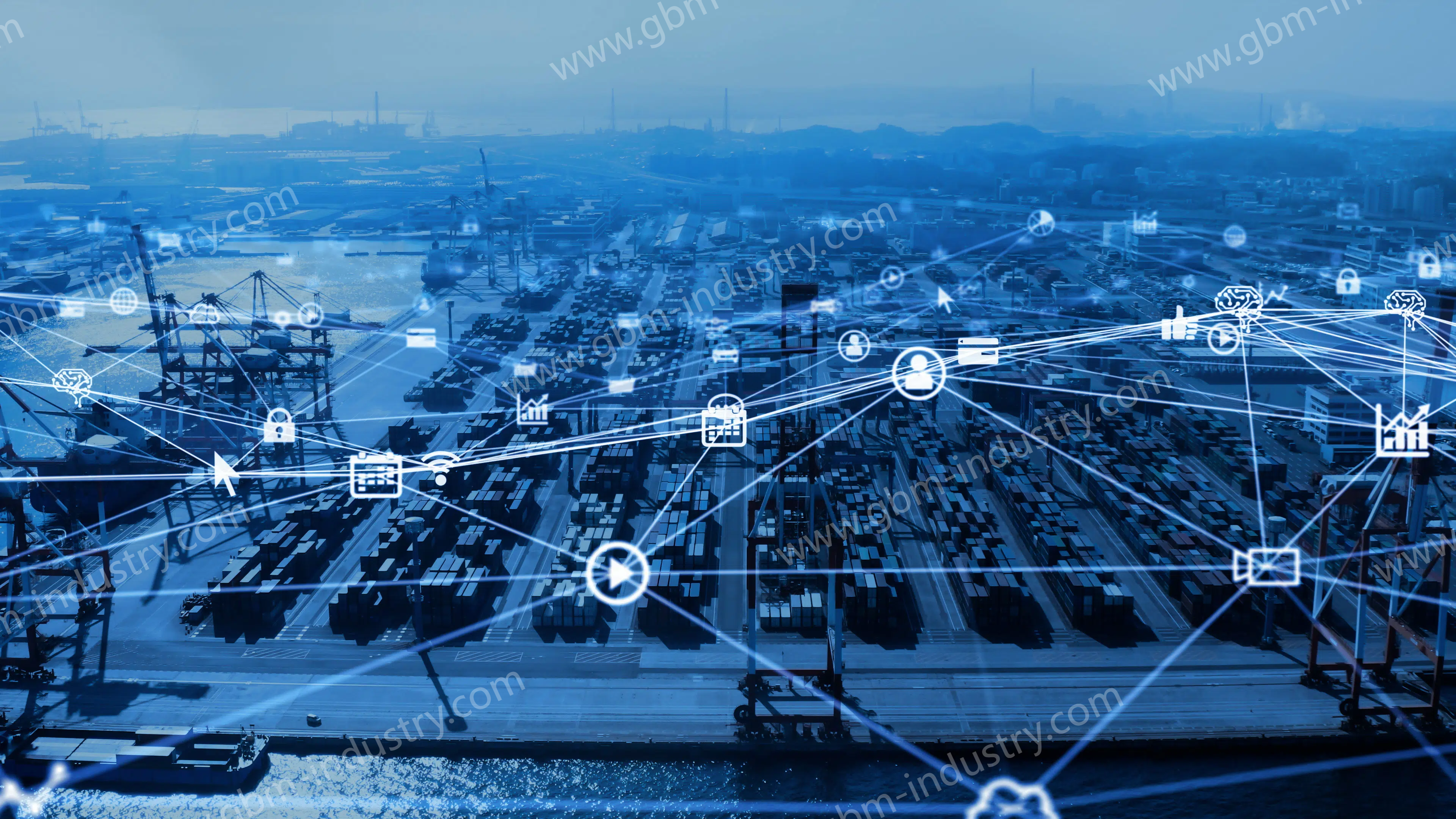
Rotterdam Smart Port Innovation and Development Practices
The Port of Rotterdam is committed to building a world-class logistics hub and industrial complex. Its smart port innovation and development consists of two core elements: on the one hand, it focuses on the integration of the virtual and real worlds to achieve sustainable development; on the other hand, it actively integrates external enterprises to build a new industrial ecosystem.
Breaking through the boundaries of time and space to build a multi-dimensional network system
The Port of Rotterdam has broken through the boundaries of time and space to create a three-dimensional connection between land, sea and air. Rotterdam Port has strengthened its hub logistics system centered on the port, established a vast port logistics network, and advanced business digitization. The port engages in friendly exchanges and cooperation with government and businesses from multiple perspectives, including policy, economy, ecology, culture, and resources, with the aim of enabling all entities along the port chain to establish a sound strategic alliance, further promoting the integration of the port and city, and constructing a stable and improving port ecosystem.
Integrating external enterprises to build an open innovation ecosystem
The Port of Rotterdam has established the world’s first port accelerator programme, the PortXL Accelerator Programmed. The PortXL Accelerator Program is unique in its category and is dedicated to promoting innovative technologies in green energy, maritime, logistics, and processing industries within global port regions. It activates the largest ecosystem to stimulate entrepreneurial spirit among all relevant parties.
The accelerator programme brings together leading global companies and maritime experts to help startups implement their innovative technologies in Rotterdam Port. Startups can also obtain funding support through paid pilot contracts provided by the programme to continuously improve and refine their solutions. Rotterdam Port will further study and test these companies through its innovation incubator to determine whether they can help Rotterdam Port become safer, more efficient, and more sustainable, thereby building a more inclusive and open innovation ecosystem.
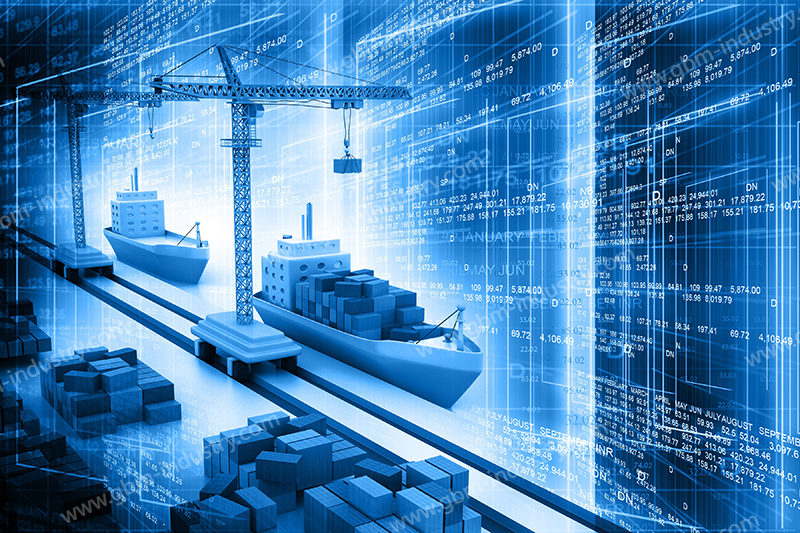
Seattle’s smart port innovation and development practices
The Port of Seattle strives to be the greenest and most energy-efficient port in North America. Its smart port innovation and development mainly focuses on the following two areas.
Building a diversified port economy and creating a green and energy-efficient port
The Port of Seattle strives to be a leading international logistics hub and the greenest and most energy-efficient port in North America. Together with the Port of Tacoma, it has established the Northwest Seaport Alliance (NWSA) toto achieve mutually beneficial development. Through regional coordination and joint development, the two ports will integrate and utilize resources, diversify port economic development, and the diverse facilities and equipment supporting this diversified economy have provided significant support for Seattle’s tourism industry, greatly advancing the integration of the ‘port’ and ‘district’ in Seattle. In addition, to promote green development, the Port of Seattle carefully manages rainwater drainage facilities to reduce carbon emissions and help the port achieve its goal of becoming the greenest and most energy-efficient port.
Developing a diverse talent programme to empower maritime industry innovation
The maritime industry is an important link between the Port of Seattle and the global market. As an important part of Seattle’s long industrial history, the Port of Seattle provides tens of thousands of jobs. Among these, Seattle has launched the ‘Opportunity Youth Initiative’ to provide vocational training opportunities for positions urgently needed across the region. To attract more passionate and innovative talent to join the Port of Seattle’s development vision, the Port leverages its maritime industry strengths and innovation as an economic growth engine, proposing the ‘Business Accelerator Programme’ to engage new talent in the Port’s thriving development.
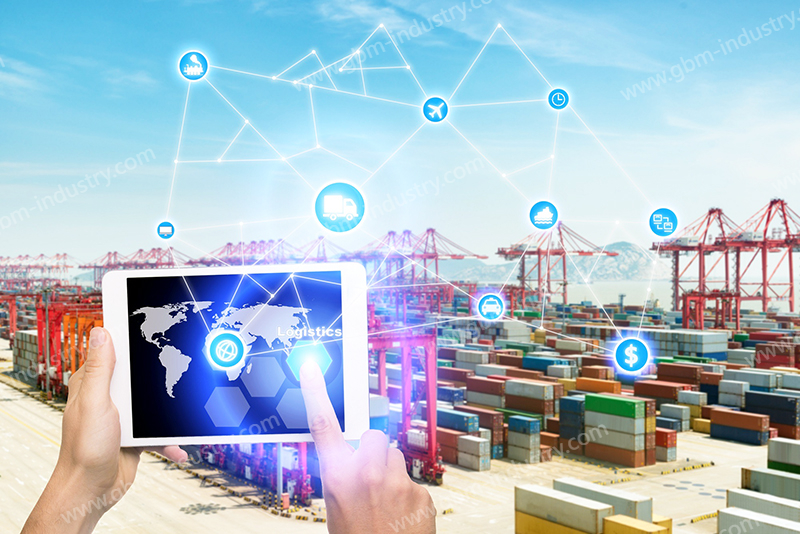
Analysis of innovative development of smart port in China
At the automation level, domestic practices are still limited to port areas, as represented by automated terminals. As of June 2023, China has built 16 automated container terminals. In addition to automated gantry cranes, automated terminal construction also includes automated transportation from the terminal to the rear stacking yard, while port area automation is increasingly being applied to on-site management such as intelligent cargo handling, intelligent gates and intelligent water curtains. In the global layout, the construction of ports such as Haifa Port in Israel and Khalifa Port in the United Arab Emirates is continuously based on Chinese automated terminal construction standards, which has, to a certain extent, driven the construction of smart ports around the world.
Improving port services through digitalization
The intelligence of management is reflected in the digitalization of the management center. The most typical example of business digitalization is the smart terminal operating system (TOS). Shanghai Yangshan Port, Ningbo Zhoushan Port, Guangzhou Nansha Port, Xiamen Yuhai Container Terminal and other ports have developed similar digital platforms to integrate and digitalize the entire port terminal business.
Using intelligence to assist port decision-making
Smart ports at the decision-making level are reflected in assisting the ‘brain’ of the port in making decisions. For example, the intelligent analysis and decision-making platforms created by Qingdao Port and Shanghai Port in Shandong Province, as well as the oil storage and transportation system of Yantai Port in Shandong Province, have always implemented the concept of intelligence to provide customers with first-class operational efficiency and service quality. In the future, the construction of smart ports in China will focus on the transformation and upgrading from the operational level to the decision-making level.
GBM: Driving the new future of modern ports with smart technology
In the global wave of smart port construction, GBM, as a leading port equipment manufacturer, has always stood at the forefront of technological innovation and is committed to creating efficient, intelligent and reliable loading and unloading solutions for global port customers by integrating cutting-edge automation and digital technologies. We deeply understand the core needs of smart ports to improve efficiency, ensure safety and optimize operations, and continue to cultivate two key technology areas to empower the transformation and upgrading of ports
Advanced PLC technology: Building a solid foundation for automated operation
Core technology and features: GBM’s core control systems widely use industry-leading, highly reliable programmable logic controller (PLC) technology. These PLC systems have powerful real-time processing capabilities, excellent anti-interference performance, and a modular design concept.
Advantages and value:
Precise and Efficient Automation: Based on PLC-driven precision control algorithms, the system achieves highly automated and coordinated cargo handling operations. This significantly reduces manual intervention, enhances single-unit operational efficiency, and ensures continuous operation.
Stable and Reliable Operation: The PLC system, with its industrial-grade stability and fault tolerance, ensures uninterrupted and reliable operation of the equipment in the complex and harsh port environment (high temperature, high humidity, salt fog, vibration) 24/7, maximizing the smooth operation of the port production line.
Easy Maintenance and Predictive Maintenance: The PLC system provides rich equipment operating status data and diagnostic information, laying a solid foundation for preventive maintenance and potential predictive maintenance strategies, effectively reducing the risk of sudden failures and optimizing total life cycle maintenance costs.
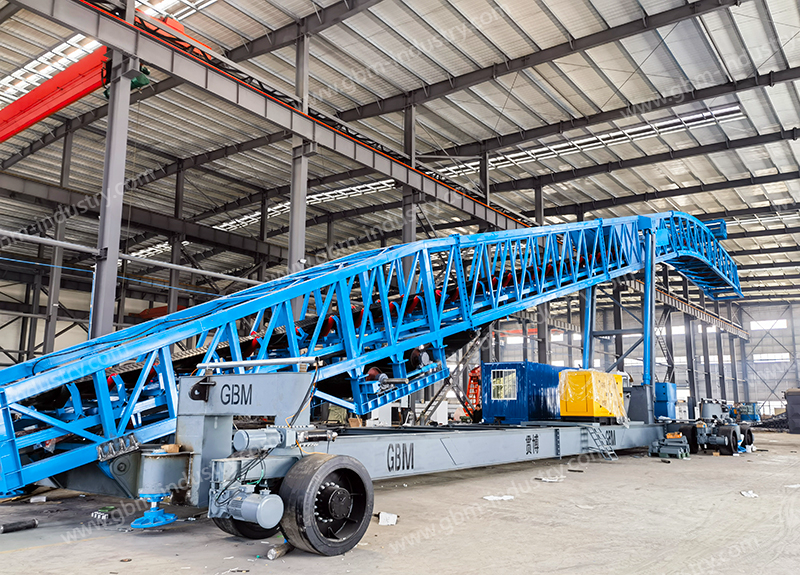
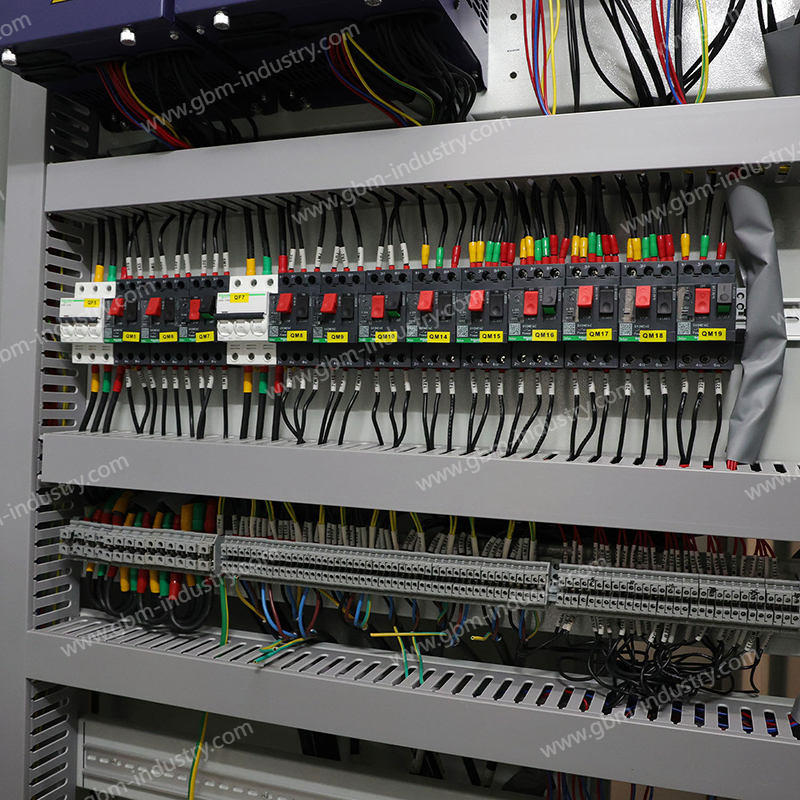
(GBM adopt top-notch PLC technology into the ship loader project, realize the ultimate automation for the equipment, well functions and best quality assured)
‘
Deep Integration of the Internet of Things: Realizing Equipment Interconnection and Intelligent Coordination
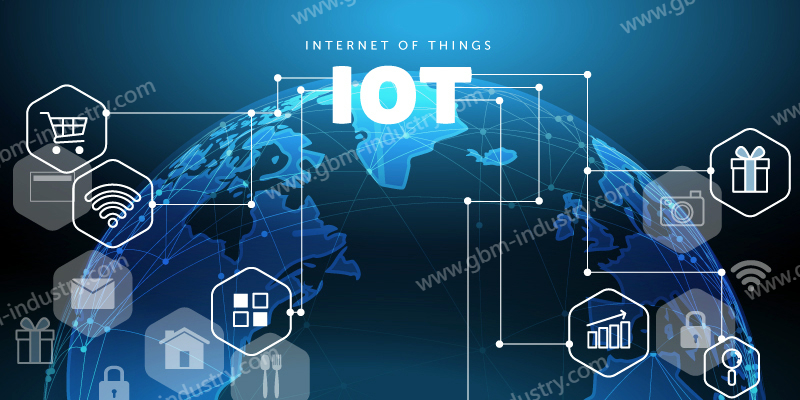
Core technology and features: GBM deeply integrates IoT technology into the equipment architecture. By deploying a large number of high-precision sensors (such as position, load, vibration, temperature, oil condition sensors, etc.) on key equipment and equipping them with high-performance edge computing gateways and reliable data communication networks (5G/fibre optic/Wi-Fi 6, etc.), we have built an IoT perception network covering all equipment and processes.
Advantages and Value Proposition:
Comprehensive Interconnectivity: Breaking down information silos between devices, we enable real-time data exchange and status sharing among shore cranes, yard cranes, horizontal transport equipment, yard equipment, and seamless integration with the port’s central operating system. This establishes a three-dimensional information channel connecting ‘devices-systems-management.’
Real-time Efficiency Monitoring and Dynamic Coordination: Based on massive real-time operational data (such as workload, cycle time, equipment status, energy consumption, and location information) aggregated through IoT, managers can use a visualization platform to precisely monitor and evaluate the efficiency of individual machines and the overall terminal operations in real time.The system can intelligently analyse bottlenecks, assist or even automatically adjust operational instructions, and optimise resource allocation (equipment, yard, transport vehicles) to achieve overall efficiency maximization.
Data-driven decision optimization: The historical and real-time data accumulated by the IoT platform provides valuable analysis for port operations. Through big data analysis, it is possible to gain deep insights into operation modes, efficiency bottlenecks, energy consumption distribution, etc., providing strong data support for strategic decisions such as long-term planning, process optimisation, and energy efficiency improvement.
GBM firmly believes that automation is the engine of efficiency improvement, and that IoT-enabled interconnection is the neural network for achieving intelligent coordination and continuous optimisation. We will continue to invest in research and development, deepen the application of cutting-edge technologies such as PLC and IoT in port equipment, and work with global port customers to build a new, smarter, greener and more resilient future port ecosystem, driving the efficient flow of global trade with innovative technologies.
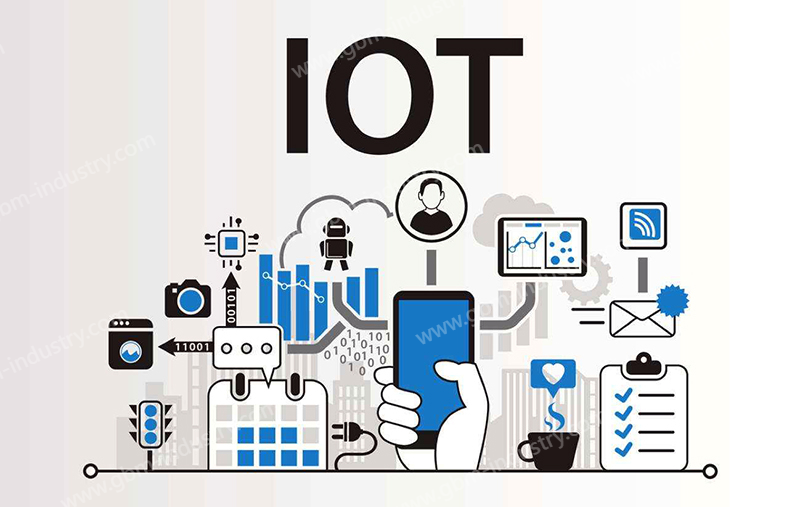
Summary
As a vital pillar of the global economy, ports must continuously explore new paths for development. The government should strengthen policy guidance tailored to local conditions, while ports should leverage their unique advantages to promote port-city integration and seize the opportunities of the era.From national policies to the intelligent development of ports themselves, planning policy blueprints and innovation blueprints will enable ‘smart’ ports to become ‘intelligent’ ports, continuously promote the intelligent development of global ports, further consolidate and enhance the position of smart ports in global trade and port and shipping supply chains, and build a strong fulcrum for the Belt and Road Initiative.
As an integrated solution provider for port handling, GBM Group actively participates and is committed to the construction of smart ports, keeping pace with the trends of the times, continuously injecting energy into the construction of ports in China and around the world, bringing new inspiration and creativity, and allowing the world to experience smart Chinese manufacturing.



